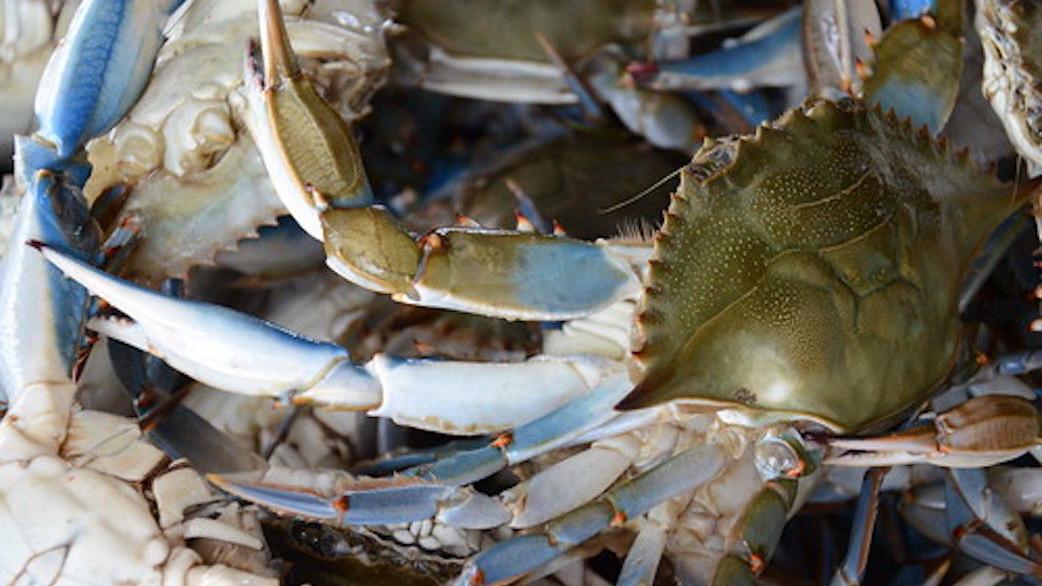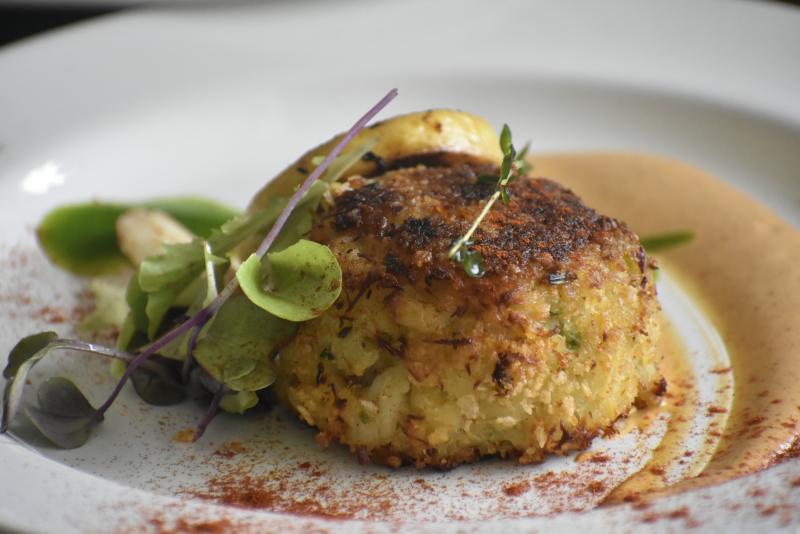
ANNAPOLIS — The Maryland Department of Natural Resources announced the results of the 2021 Blue Crab Winter Dredge Survey, a cooperative effort with the Virginia Institute of Marine Science, which annually estimates the number of blue crabs in the Chesapeake Bay.
The 2021 results showed that the spawning age female abundance increased from 141 million spawning age female crabs in 2020 to 158 million spawning age female crabs. This year’s survey estimate is above the long-term average of 126 million spawning age female crabs.
“Protecting spawning age females is a critical component to maintaining a healthy and sustainable blue crab population,” Maryland Department of Natural Resources Secretary Jeannie Haddaway-Riccio said. “We are pleased to report that the cooperative management efforts of our Chesapeake Bay jurisdictions have continued to conserve female crabs within a healthy range.”
Scientists and managers use target and threshold abundance estimates to establish a healthy level of spawning age female abundance based on available historical information. Recently scientists reevaluated the healthy range of spawning age female abundance through a stock assessment analysis and updated the target and threshold spawning age female abundance estimates. This year, the number of spawning age females estimated to be in the Bay is well above the updated threshold of 72.5 million, but slightly below the updated target of 196 million.
The total abundance of blue crab in the Chesapeake Bay in 2021 was 282 million crabs, a below average total for the 32 years of survey results, which is largely attributed to low juvenile abundance. The number of juvenile crabs in 2021 was 86 million, which is the lowest recorded juvenile abundance since the start of the survey. Additionally, the results showed there were 39 million adult male crabs, below the long-term average of 77 million.
Although the specific cause of this year’s low abundance of age-0 crabs cannot be identified, large variations in annual juvenile recruitment to the Chesapeake Bay are normal for blue crabs. After spawning at the mouth of the Chesapeake Bay, young crabs develop in the ocean over the continental shelf and rely on winds and currents to be transported back into the Bay where they settle and grow. Therefore, annual juvenile abundance is largely driven by environmental factors.
“Blue crab fishery managers will need to keep a close eye on juvenile and male abundance over the summer through our monitoring efforts and to exercise caution moving forward into next year, as these crabs recruit to the fishery,” said Mike Luisi, director of Maryland DNR’s Monitoring and Assessment Division of Fishing and Boating Services.
The Chesapeake Bay Stock Assessment Committee will review the survey results and provide their scientific advice for management during their May meeting. Following their advice, DNR will begin discussions with the Blue Crab Industry Advisory Committee to provide guidance concerning the course of action for 2021 that promotes the health of the Chesapeake Bay blue crab population and its fisheries.
The Winter Dredge Survey has been conducted cooperatively by the Maryland Department of Natural Resources and Virginia Institute of Marine Science since 1990, and the results are reviewed annually in an effort to have consistent management efforts across the jurisdictions. Throughout the survey, biologists use dredge equipment to capture, measure, record and release blue crabs at 1,500 sites throughout the Chesapeake Bay from December through March. Detailed results are on the DNR website.
May 24, 2021 at 09:01PM
https://ift.tt/2SkkNDi
Blue crab population shows healthy female abundance, but low numbers of juveniles - The Star Democrat
https://ift.tt/2MkGRbk
Crab

No comments:
Post a Comment